I have always been a fan of having kids “do history” and to think like historians. One way to do that is to get their hands dirty and create models of objects from the past. With today’s 3D printing technology, models can be designed on a program like Tinkercad and be printed in a few hours. However, not every school has access to a 3D printer but I can bet that every school has access to materials such as paper, cardboard, and clay.
My good friend Kevin Honeycutt did a project several years ago that had students research the Civil War Submarine the H.L. Hunley and recreate it in clay. This was a collaborative project that incorporated history, art, research and yes even MATH!!! Here is a picture of the kids Hunley.
And your projects do not have to be that elaborate, they can be quite simple actually. For example, the other day I was searching on Twitter and came across the following tweet from Canyon Springs STEM School in Arizona.
Just one of the terrific Civil War projects students did for Ms. Abrams class! We have such amazing students! pic.twitter.com/VthxwKS8Bi
— Canyon Springs (@CanyonSpringsDV) November 7, 2017
I quickly replied that this was, in fact, really cool and asked how the student had created the Gatling Gun. They received a reply that it was created with clay then baked and painted. This STEM school just got into STEAM in social studies.
Here is a picture of the gun:
This student spent some serious time on this project. The detail in the wheels you can see the spokes, hub, falloes and the flat steel tire. The student including the back strap for the gun and created several barrels. This is really well done.
Let’s take a deeper look at how a teacher can STEAM this simple project that promotes creativity in students.
- S – If look at the Gatling Gun there are cranks, levers, and firing mechanisms that all need to work together to fire this weapon
- T – The Gatling Gun itself was a technological marvel of the time and changed the way the army fought
- E – This gun was designed to have independent barrels so as to prevent overheating and made so a common soldier could easily operate or repair the gun.
- A – Creating this project out of clay is a great way to get kids to think spatially and make sure that the proportions are correct.
- M – So many math questions can come from this project.
- This gun could fire 150-200 rounds per minute – how many per second or hour?
- Why are the carriage wheels a particular height and why is the length of spokes important?
- General Butler purchased 12 at a price of $1,000 each. What would that cost be in today’s money?
So hats off to the Canyon Springs STEM School on letting kids be creative and explore Civil War history. I have shown you two examples, what projects have your students created? Covered wagons? Dioramas? Monuments? Please share them!
[/et_pb_text][/et_pb_column][/et_pb_row][/et_pb_section]

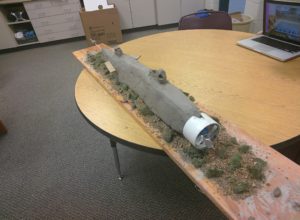
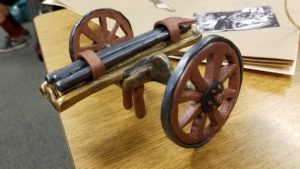
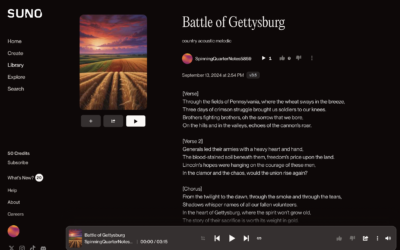
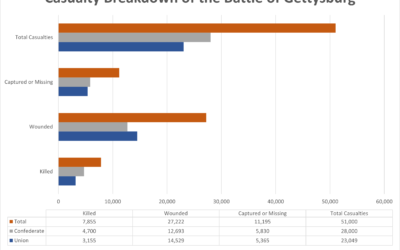
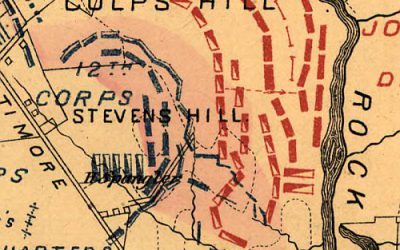
0 Comments